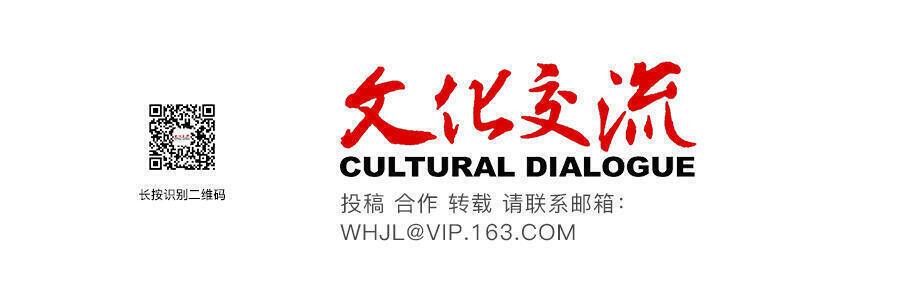The other day a friend asked me if Bai Juyi knew of his popularity in Japan. I pondered the question and realized the question comprised two sets of related questions. First group includes two questions: Did Bai’s poems reach Japan when he was alive? If yes, did Bai know? The second set basically covers two questions: Did Bai’s poems enjoy popularity in Japan? If yes, did Bai Juyi know?
We know for certain that Bai Juyi knew his poems were widely copied and read in Japan. Bai mentioned in an afterword to a collection of his poems in 845 that the collection didn’t mark what poems of his were copied and read in Japan and Silla (a country on the Korea Peninsula) and other foreign countries. Bai passed away in 846. From this we can tentatively deduce that he knew.
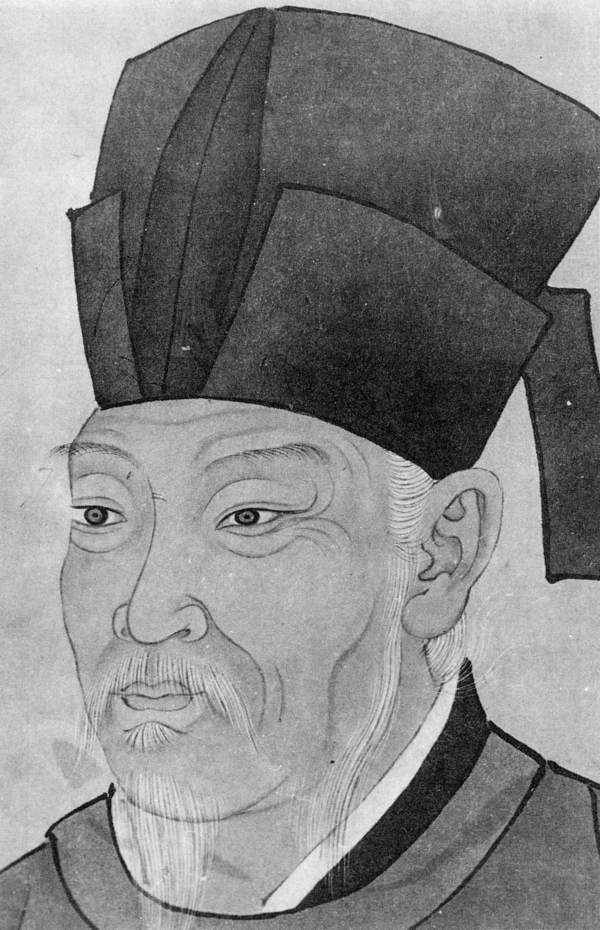
But were his poems popular in Japan in his lifetime? It is said that Bai Juyi’s biggest fan in Japan was Emperor Saga (786-842). As an anecdote has it, the emperor one day showed a poem to Ono no Takamura (820-853), a scholar and poet who admired Bai Juyi very much. Ono no Takamura read the emperor’s poem and suggested that the poem would be better if one character was replaced by another character. The emperor laughed and said the poem was actually written by Bai Juyi. The emperor had changed one character in the poem. The replacement suggested by the scholar was the very character Bai Juyi used in the original poem. The emperor praised the scholar saying “your poetic talent is comparable to Bai’s”.
Another historical record mentions that a Japanese court official got promoted simply because he found a printed collection of Bai Juyi’s poems in a ship from the Tang and presented the copy to the emperor. This indicates that Bai’s poems were loved in Japan back then but not yet widely copied and read yet.
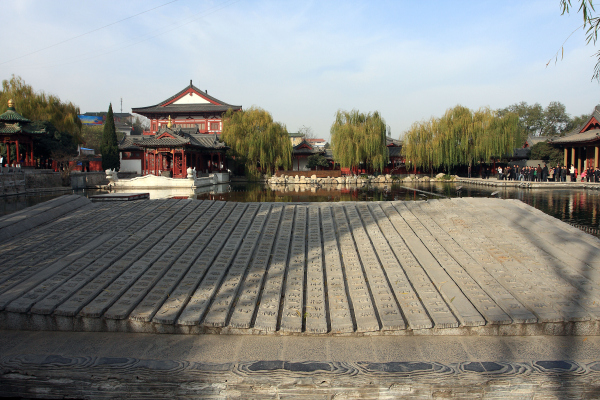
The reign of Emperor Saga was an era when the Tang was all the rage in Japan. The court nobles wrote poems in Chinese and Bai Juyi’s poems had a strong impact on Japanese literature. Bai’s reputation in Japan can be construed as follows: Bai strived to write poems that even old women would have no difficulty understanding. The style chimed with Japanese aesthetics. Bai injected Zen into poetry and strived to bring belief into his writings, which, again, fitted well with the Japanese worldview. Bai wrote poems about sceneries and people and events he encountered, well integrating his own sentiments and emotions with what he experienced. This approach was compatible with “sorrow for objects”, a typical component of the Japanese culture. These characteristics endeared Bai’s poems to the elite and the public of Japan.
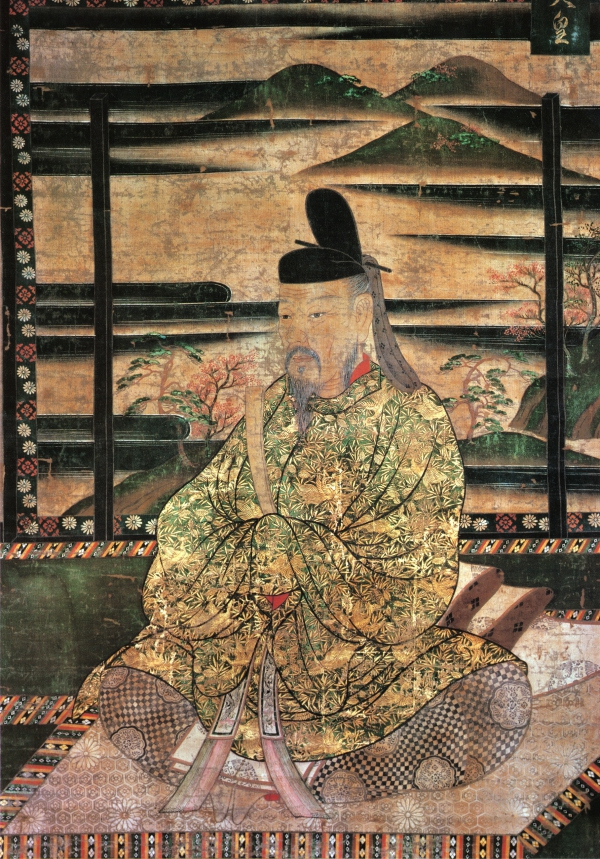
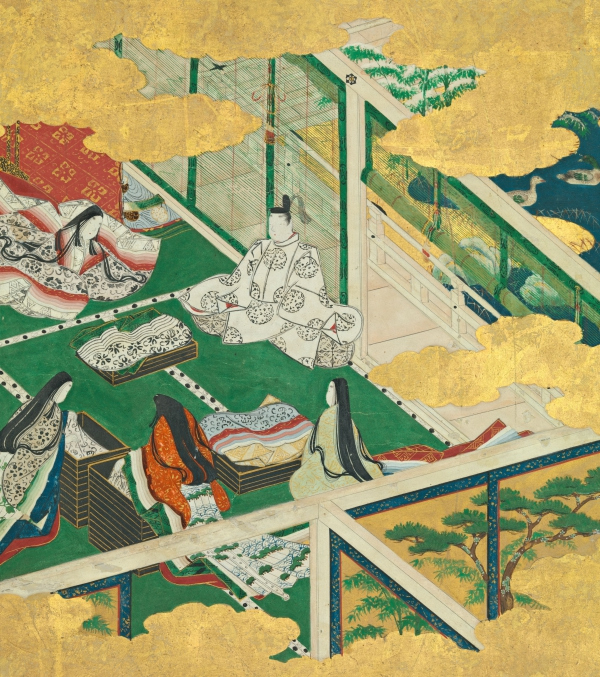
As Bai’s influence spread in Japan, poets and writers produced works that made Bai’s reputation spread further. Sugawara no Michizane (845-903), considered one of the greatest scholars and poets in all of Japanese history, was a fan of Bai Juyi. His shrines can still be seen today across Japan. His poems written in Chinese are still influential. His life story bears many resemblances with Bai Juyi’s and his poetic style shared some similarities with Bai’s poems. He imitated Bai Juyi in many ways. For example, he imitated Bai’s way of writing a set of poems with the same first line. While putting together a collection of his poems and essays, Sugawara no Michizane adopted a set of rules Bai used in compiling his collection. He added some postscripts and footnotes after every volume to clarify timelines and events. Also adopting Bai’s style, Sugawara no Michizane often wrote a brief preface for a poem, explaining why and when he wrote the poem. Before the time of Sugawara no Michizane, poetry collections published in Japan didn’t have such forewords. This seems to suggest that it was Sugawara no Michizane that introduced this format to Japan.
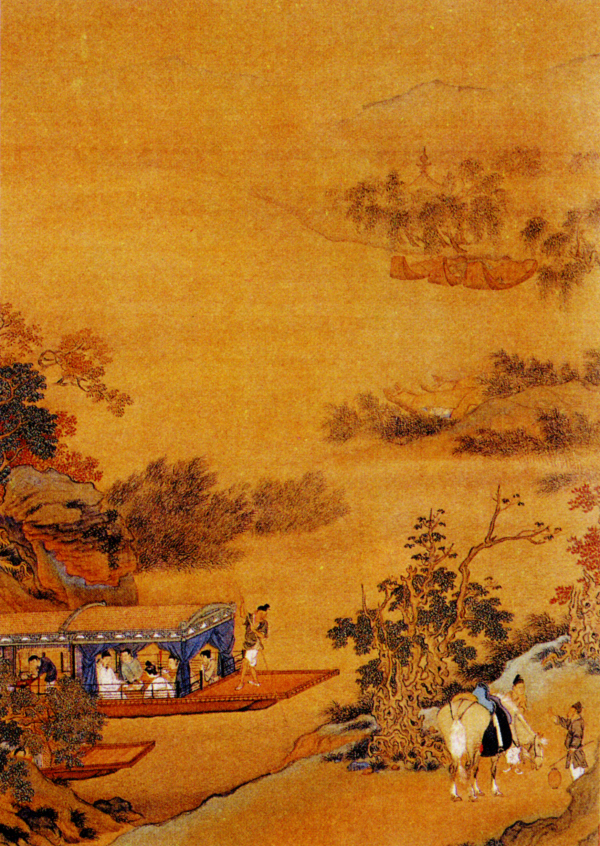
In 1018, an influential anthology of Chinese and Japanese poems was published in Japan. Bai’s 139 poems were anthologized in this tome, outnumbering works by any other Chinese poet. This anthology further enhanced Bai in Japanese culture. Bai Juyi’s influence can also be seen in , a masterpiece of Japanese literature by Murasaki Shikibu. Written at the start of the 11th century, it is generally considered the world’s first novel. This novel quotes a lot of Bai’s poems directly. Some situations and conversations and descriptions in the novel are associated with Bai’s poems either explicitly or implicitly.
Numerous examples can be found in the history of Japanese culture for the prominent influences of Bai Juyi long after his lifetime. In the final analysis, in my opinion, it is not important whether Bai Juyi knew of his popularity in Japan. It is important to know his popularity lasts in Japan.
